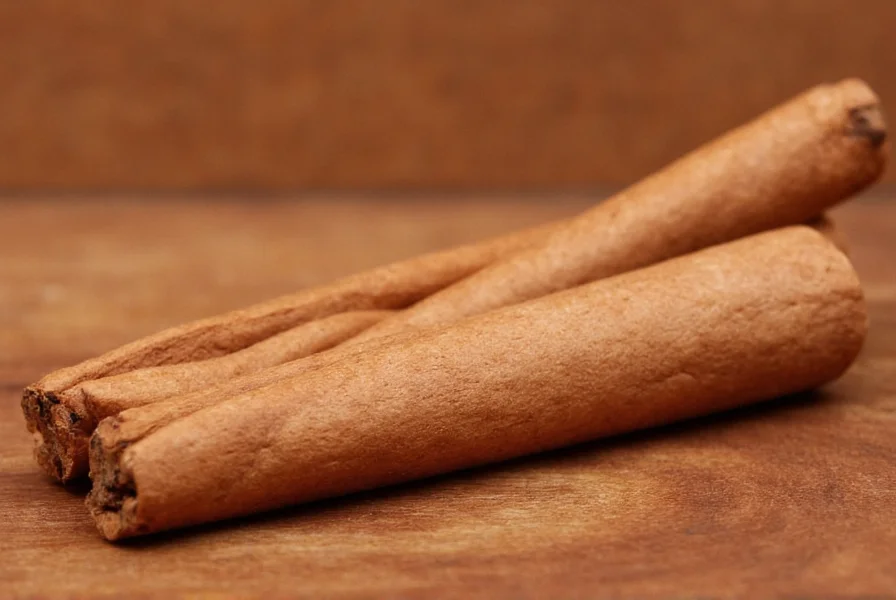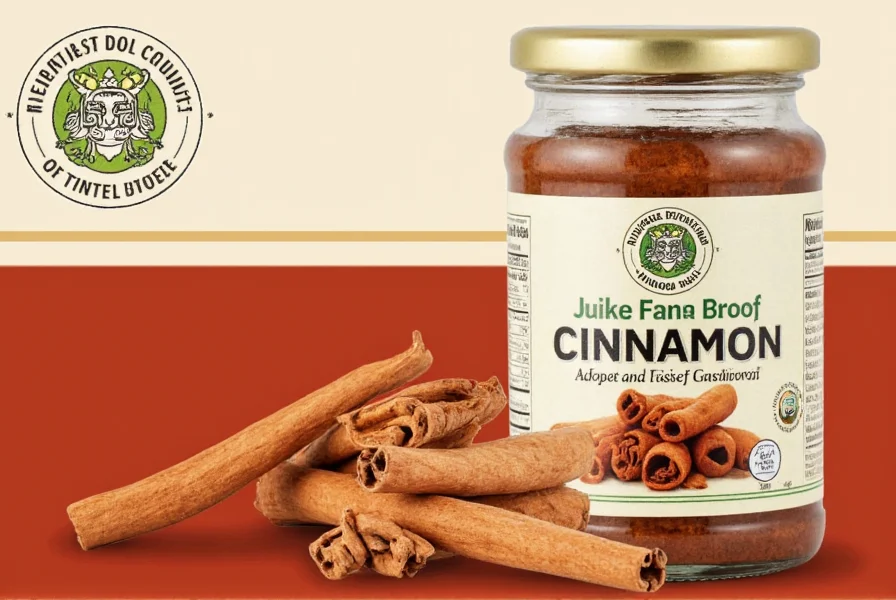When selecting cinnamon for regular consumption, understanding the critical differences between cinnamon varieties is essential for your health. While Cassia cinnamon (the common supermarket variety) contains potentially harmful levels of coumarin—a compound that can cause liver damage with prolonged excessive consumption—Ceylon cinnamon offers a much safer alternative with dramatically lower concentrations.
Understanding Cinnamon Safety Concerns
Coumarin content represents the primary safety concern with certain cinnamon varieties. Cassia cinnamon, which accounts for approximately 90% of cinnamon sold in the United States, contains 1-5% coumarin by weight. In contrast, Ceylon cinnamon contains only trace amounts (0.004-0.017%). The European Food Safety Authority established a tolerable daily intake of 0.1mg of coumarin per kilogram of body weight. For a 150-pound adult, this translates to approximately 6.8mg daily.
Consuming just one teaspoon (2.6g) of Cassia cinnamon can contain 5.8-12.1mg of coumarin—exceeding the recommended daily limit. This makes regular consumption of Cassia cinnamon potentially problematic, particularly for children, individuals with liver conditions, or those taking certain medications.

Ceylon vs. Cassia: The Safety Difference
The visual and structural differences between these cinnamon varieties provide important clues about their safety profiles:
| Characteristic | Ceylon Cinnamon | Cassia Cinnamon |
|---|---|---|
| Coumarin Content | 0.004-0.017% | 1-5% |
| Physical Structure | Multiple thin, soft layers (like newspaper roll) | Single thick, hard layer |
| Taste Profile | Milder, sweeter, more complex | Stronger, spicier, more intense |
| Label Identification | "Ceylon," "True Cinnamon," "Cinnamomum verum" | "Cassia," "Chinese Cinnamon," "Cinnamomum cassia" |
How to Identify Safe Cinnamon Products
Reading product labels carefully represents your first line of defense when selecting safe cinnamon brands. Look specifically for “Ceylon cinnamon” in the ingredients list rather than generic “cinnamon.” Many premium spice companies now clearly distinguish between the two varieties due to growing consumer awareness about coumarin concerns.
Third-party certifications provide additional assurance of product safety and quality. Reputable cinnamon brands often carry certifications such as:
- USDA Organic certification (ensures no synthetic pesticides)
- Non-GMO Project verification
- Heavy metal testing documentation
- Origin transparency (Sri Lanka is the primary source for quality Ceylon cinnamon)
When evaluating safest cinnamon brands for daily use, check company websites for information about their testing protocols. Brands committed to consumer safety typically publish details about their quality control measures, including coumarin testing results.
Reputable Cinnamon Brands with Safety Focus
Several brands have established strong reputations for prioritizing cinnamon safety through transparent sourcing and rigorous testing:
Simply Organic consistently labels their Ceylon cinnamon products clearly and sources from sustainable farms in Sri Lanka. Their commitment to organic certification and transparent supply chain makes them a reliable choice for health-conscious consumers seeking low coumarin cinnamon brands.
Frontier Co-op provides detailed information about their cinnamon sourcing, including specific growing regions and harvesting methods. Their Ceylon cinnamon undergoes multiple quality checks, and they publish their testing methodology online for consumer review.
NOW Foods offers Ceylon cinnamon with comprehensive third-party testing documentation available upon request. They clearly distinguish between their Cassia and Ceylon products, helping consumers make informed choices about which cinnamon brand is healthiest for their needs.
Practical Guidance for Safe Cinnamon Consumption
Even with safer Ceylon varieties, moderation remains important. The recommended daily limit for cinnamon depends on your body weight and health status:
- For general adult consumption: 1-1.5 teaspoons of Ceylon cinnamon daily
- For children: No more than 1/4-1/2 teaspoon daily
- For individuals with liver conditions: Consult your healthcare provider before regular consumption
Proper storage maintains cinnamon's quality and safety. Keep your cinnamon in an airtight container away from light and heat. Ground cinnamon retains freshness for 6-12 months, while cinnamon sticks can remain potent for 2-3 years when stored properly. Discard cinnamon that has lost its aroma or shows signs of moisture.
When baking or cooking, consider substituting part of the cinnamon with other warming spices like nutmeg, allspice, or cardamom to reduce overall cinnamon intake while maintaining complex flavor profiles. This approach works particularly well when following recipes that call for multiple teaspoons of cinnamon.
Frequently Asked Questions
How can I tell if my cinnamon is Ceylon or Cassia?
Ceylon cinnamon has multiple thin, soft layers that form a tight scroll, while Cassia has a single thick, hard layer. Ceylon is lighter in color (tan to light brown) and has a more delicate, sweet aroma compared to the darker, reddish-brown Cassia with its stronger, spicier scent. Check your product label for specific identification.
Is organic cinnamon safer than conventional?
Organic certification primarily addresses pesticide use and farming practices rather than coumarin content. Both organic and conventional cinnamon can be either Ceylon or Cassia varieties. The key safety factor is the cinnamon type (Ceylon vs. Cassia), not whether it's organic. However, organic certification provides additional assurance about growing conditions and potential contaminants.
Can I safely consume Cassia cinnamon occasionally?
Yes, occasional use of Cassia cinnamon in small amounts (less than 1 teaspoon) is generally safe for most healthy adults. The primary concern arises from daily, long-term consumption of larger quantities. If you regularly use cinnamon in smoothies, oatmeal, or baking, switching to Ceylon provides a safer option for daily use.
Does coumarin in cinnamon affect everyone equally?
Individual sensitivity to coumarin varies based on genetics, liver function, and medication use. People with pre-existing liver conditions, those taking blood thinners, and individuals with certain genetic variations in liver enzymes may be more susceptible to coumarin's effects. Children are also more vulnerable due to their smaller body size.











 浙公网安备
33010002000092号
浙公网安备
33010002000092号 浙B2-20120091-4
浙B2-20120091-4